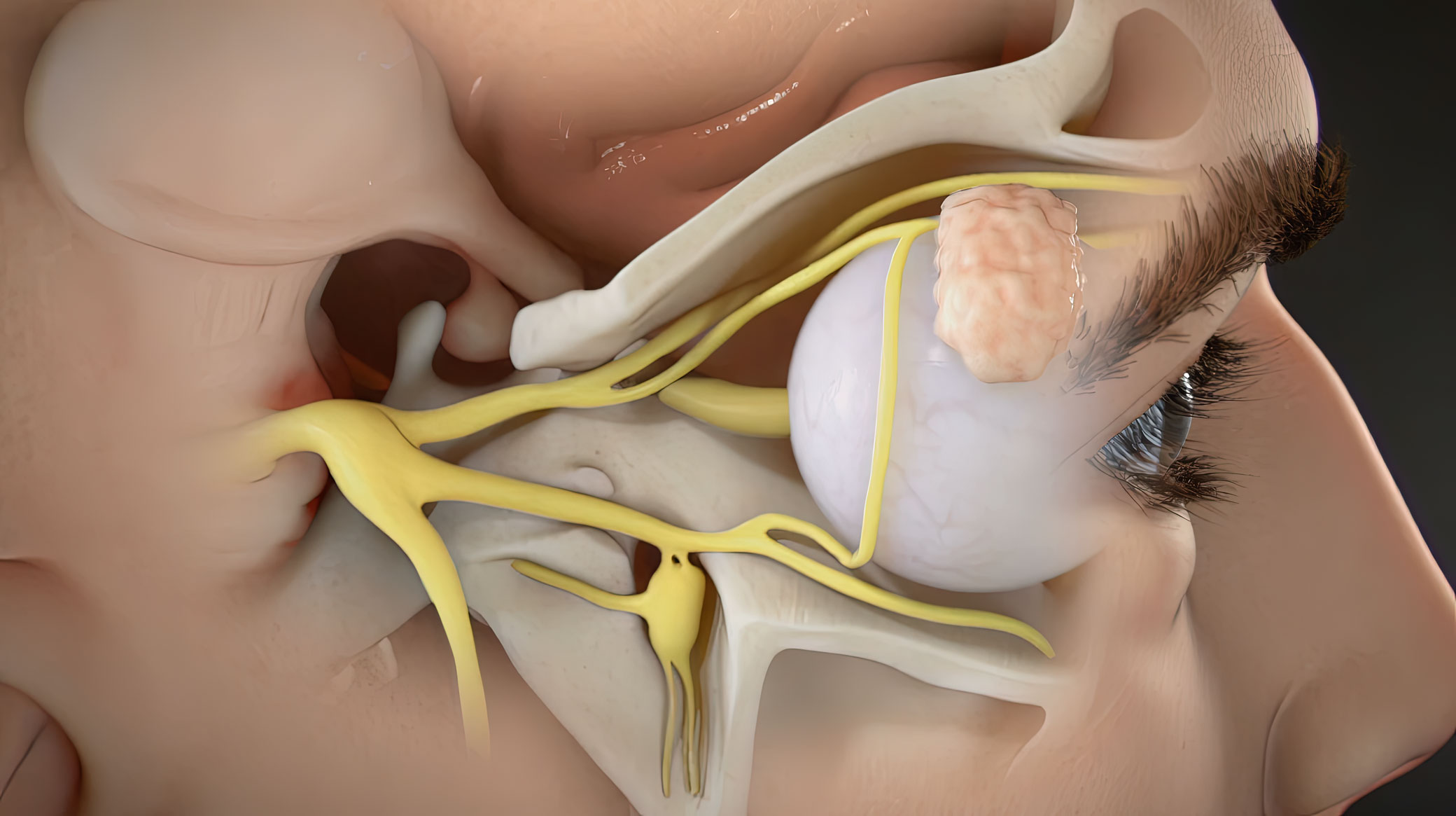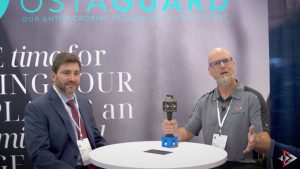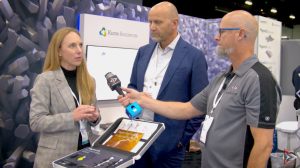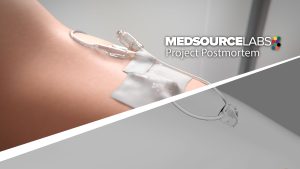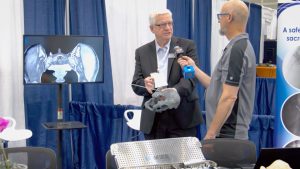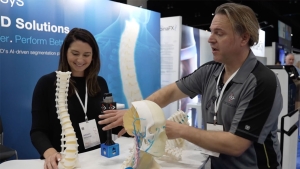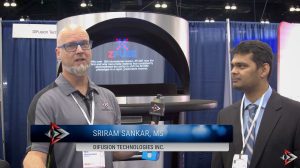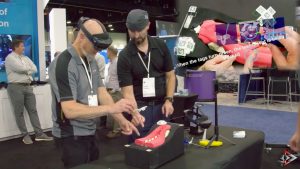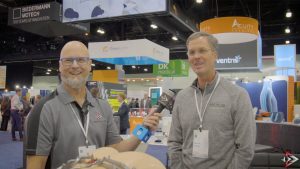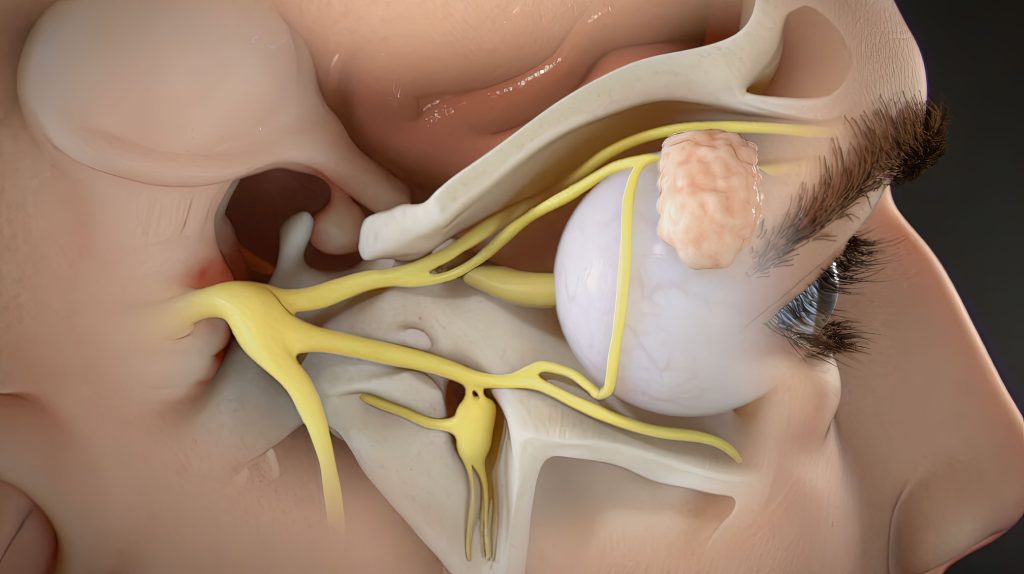
The Pulsante micro-neurostimulator system stands as a beacon of hope in the realm of CNS disorder treatment. With its externally powered, implantable design, and its remarkable success in treating cluster headaches, Pulsante offers a glimpse into a future where innovative technologies reshape the landscape of healthcare.
Description
In the ever-evolving landscape of medical technology, breakthroughs that promise new avenues for treating complex conditions are met with both anticipation and enthusiasm. Realeve, also known as Autonomic Technologies, is a pioneering medical research and development company, has risen to the challenge with its revolutionary Pulsante micro-neurostimulator system. Designed to transform the treatment landscape for diseases and conditions of the central nervous system (CNS), Pulsante focuses on controlling the Sphenopalatine Ganglion (SPG) to bring relief and hope to patients. Ghost Medical visualized medical illustrations to demonstrate how the device works.

The Pulsante Micro-Neurostimulator System
Realeve’s mission to develop novel treatment systems for CNS disorders takes a remarkable leap with the Pulsante micro-neurostimulator system. What sets Pulsante apart is its unique combination of being both externally powered and implantable. With over 700 patients already benefiting from this groundbreaking technology, Pulsante has documented long-term success, particularly in treating cluster headaches. For individuals who have endured the agony of cluster headaches, Pulsante offers newfound hope by providing disease-modifying effects that can significantly improve their quality of life.
Beyond Cluster Headaches: Pulsante’s Potential for Transformation
The potential of the Pulsante system extends far beyond its initial success with cluster headaches. Realeve’s innovative approach to controlling vascular flow and access to the brain through SPG stimulation holds immense promise for addressing a range of CNS disorders. Conditions such as Alzheimer’s disease, strokes, tumors, and even Alzheimer’s stand to benefit from Pulsante’s transformative capabilities. By harnessing the power of neuromodulation signals directed at the SPG, the Pulsante system aims to usher in a new era of treatment possibilities.
Understanding Sphenopalatine Ganglion (SPG) Stimulation
At the heart of Pulsante’s mechanism lies the Sphenopalatine Ganglion (SPG), a cluster of nerves located deep within the skull. This crucial neural center is intricately linked to various CNS functions and has been identified as a potential target for treating an array of disorders. Pulsante’s neuromodulation signals are precisely directed at the SPG, initiating a cascade of therapeutic effects that can alleviate symptoms and modify disease progression.

A Minimally Invasive Approach to Treatment
Realeve recognizes the importance of minimizing patient discomfort and ensuring the safety of its treatments. The Pulsante system is implanted through a minimally invasive surgical procedure, granting access to the SPG without leaving visible scars. This aspect of the treatment underscores Realeve’s commitment to enhancing patient experience and recovery.
Empowering Patients: Wireless Control and Activation
One of the most innovative aspects of the Pulsante system is its patient-centric approach. The therapy is activated and controlled by the patient using a wireless remote controller. This level of autonomy empowers patients, enabling them to manage their treatment based on their individual needs and responses.
Conclusion
The Pulsante micro-neurostimulator system stands as a beacon of hope in the realm of CNS disorder treatment. With its externally powered, implantable design, and its remarkable success in treating cluster headaches, Pulsante offers a glimpse into a future where innovative technologies reshape the landscape of healthcare. Realeve’s unwavering commitment to advancing medical science and enhancing patient well-being positions the Pulsante system at the forefront of a new era in medical innovation, with the potential to transform the lives of countless individuals affected by CNS disorders.

